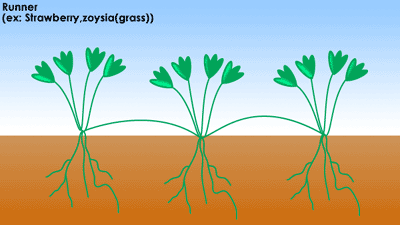Suggestions
Use up and down arrows to review and enter to select.Please wait while we process your payment
If you don't see it, please check your spam folder. Sometimes it can end up there.
If you don't see it, please check your spam folder. Sometimes it can end up there.
Please wait while we process your payment

By signing up you agree to our terms and privacy policy.
Don’t have an account? Subscribe now
Create Your Account
Sign up for your FREE 7-day trial
Already have an account? Log in
Your Email
Choose Your Plan
Individual
Group Discount
Save over 50% with a SparkNotes PLUS Annual Plan!
 payment page
payment page
Purchasing SparkNotes PLUS for a group?
Get Annual Plans at a discount when you buy 2 or more!
Price
$24.99 $18.74 /subscription + tax
Subtotal $37.48 + tax
Save 25% on 2-49 accounts
Save 30% on 50-99 accounts
Want 100 or more? Contact us for a customized plan.
 payment page
payment page
Your Plan
Payment Details
Payment Summary
SparkNotes Plus
You'll be billed after your free trial ends.
7-Day Free Trial
Not Applicable
Renews November 27, 2024 November 20, 2024
Discounts (applied to next billing)
DUE NOW
US $0.00
SNPLUSROCKS20 | 20% Discount
This is not a valid promo code.
Discount Code (one code per order)
SparkNotes PLUS Annual Plan - Group Discount
Qty: 00
SparkNotes Plus subscription is $4.99/month or $24.99/year as selected above. The free trial period is the first 7 days of your subscription. TO CANCEL YOUR SUBSCRIPTION AND AVOID BEING CHARGED, YOU MUST CANCEL BEFORE THE END OF THE FREE TRIAL PERIOD. You may cancel your subscription on your Subscription and Billing page or contact Customer Support at custserv@bn.com. Your subscription will continue automatically once the free trial period is over. Free trial is available to new customers only.
Choose Your Plan
For the next 7 days, you'll have access to awesome PLUS stuff like AP English test prep, No Fear Shakespeare translations and audio, a note-taking tool, personalized dashboard, & much more!
You’ve successfully purchased a group discount. Your group members can use the joining link below to redeem their group membership. You'll also receive an email with the link.
Members will be prompted to log in or create an account to redeem their group membership.
Thanks for creating a SparkNotes account! Continue to start your free trial.
We're sorry, we could not create your account. SparkNotes PLUS is not available in your country. See what countries we’re in.
There was an error creating your account. Please check your payment details and try again.
Please wait while we process your payment

Your PLUS subscription has expired
Please wait while we process your payment
Please wait while we process your payment

Vegetative Propagation
Through asexual reproduction, many plants can produce genetically identical offshoots (clones) of themselves, which then develop into independent plants. This process is called vegetative propagation, or vegetative reproduction. One way in which vegetative propagation occurs is through fragmentation, a process in which a severed plant part can grow into a whole new plant. Other modes of vegetative propagation include the production of specialized structures such as tubers, runners, and bulbs. The advantages to this kind of asexual reproduction, which can occur either naturally or artificially, stem from the fact that it can occur more rapidly than seed propagation and can allow a genetically superior plant to produce unlimited copies of itself without variation.
Tubers, such as potatoes, are fleshy underground storage structures composed of enlarged parts of the stem. A tuber functions in asexual propagation as a result of the tiny scale leaves equipped with buds that grow on its surface. Each of these buds can form a new plant, genetically identical to the parent.

Runners, such as those found on strawberry plants, are slender horizontal stems that spread outward from the main plant . Entirely new plants can develop from nodes located at intervals on the runners; each node can give rise to new roots and shoots.

Bulbs, such as onions and tulips, are roughly spherical underground buds with fleshy leaves extending from their short stems. Each bulb contains several other buds which can give rise to new plants.
Please wait while we process your payment

